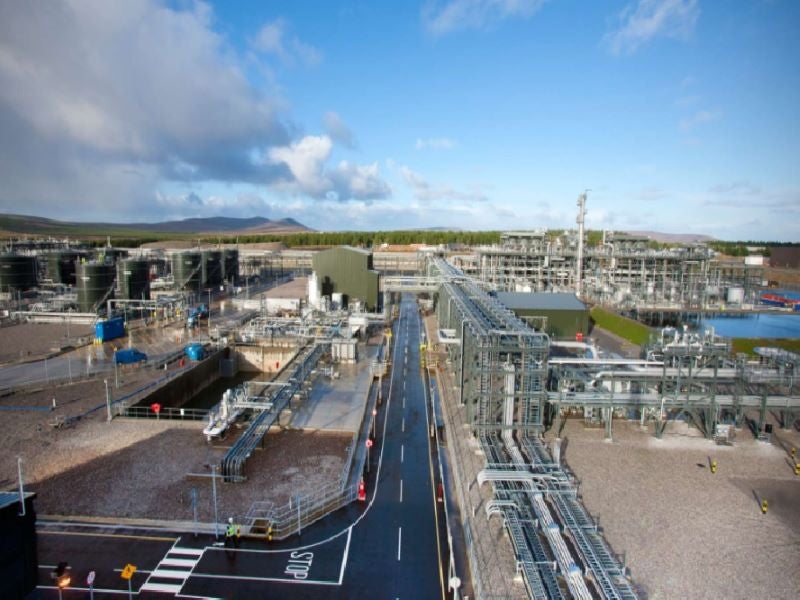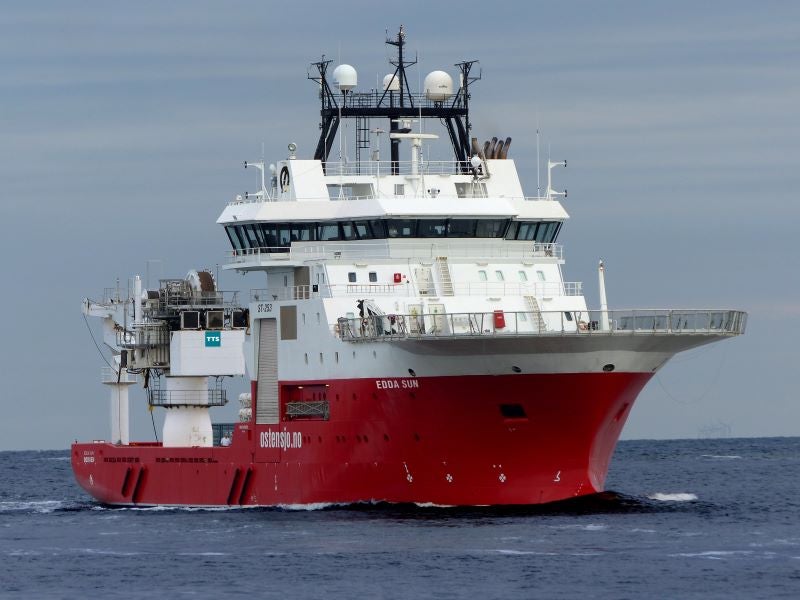The Corrib gas field in the Slyne Basin is the biggest natural gas field in Ireland. The offshore field has been in production since December 2015.
Vermilion Energy is the operator and holds a 20% interest in the field, while the other development partners are Canada Pension Plan Investment Board (CPPIB, 43.5%) and Equinor (36.5%).
The Corrib field development involves the subsea development and a tieback to the onshore Bellanaboy Bridge gas terminal.
Nephin Energy Holdings, a wholly-owned subsidiary of CPPIB, picked up a 45% interest in the Corrib field from Shell Exploration Company for approximately £1.01bn ($1.3bn) in November 2018.
Vermilion bought a 1.5% interest in the Corrib field from CPPIB to increase its interest to 20% and assume operatorship of the field, as part of a strategic partnership agreement signed between the two companies in November 2018.
Location and discovery
The Corrib field is located in the Atlantic Ocean, approximately 83km off the coast of County Mayo, northwest Ireland. Spread over approximately 29.67km2, the offshore gas field is situated in blocks 18/20 and 18/25 of the Slyne Basin.
The Corrib natural gas field was discovered by Enterprise Oil in 1996. The water depth in the field area is approximately 350m and the Corrib reservoir is situated more than 3,000m beneath the seabed.
Corrib gas field infrastructure
The initial field development comprises six subsea wells, a production manifold, associated subsea infrastructure, offshore and onshore gas pipelines, and the Bellanaboy Bridge gas terminal. The well stream is pumped through flexible flowlines to the production manifold.
An 83km-long and 20in-diameter offshore pipeline exports the well stream from the manifold to the landfall at Glengad, Ireland. An 8.3km-long, 20in-diameter underground onshore pipeline, including a 4.9km-long tunnel section beneath Sruwaddacon Bay, transports well stream from Glengad to the Bellanaboy Bridge gas terminal.
The subsea facilities of the Corrib field are monitored from a control room in the onshore gas terminal.
Gas offtake
Shell Energy Europe agreed to buy approximately 40% of the gas produced by the Corrib field for a period of up to three years starting from November 2018.
Bellanaboy Bridge gas terminal
Located in northwest Mayo, the Bellanaboy Bridge gas terminal has a processing capacity of up to 10 million cubic meters (mcm) of natural gas a day.
The natural gas present in the well stream is separated from condensate, water, and methanol. The processed gas is supplied to the national grid. The major proportion of the treated produced water is disposed 65km off the coast via an outfall pipeline. The recovered methanol is re-injected into the offshore wells, flowlines, and manifold.
The Bellanaboy Bridge gas terminal houses gas conditioning and gas compression facilities, as well as storage tanks for condensate, produced water, and methanol. The natural gas produced in the field is utilised to power the gas terminal.
Recently awarded contracts
Kaefer was awarded a two-year contract extension till 2023 to provide engineering and maintenance support services to the Bellanaboy Bridge gas terminal in April 2021.
The contract scope includes the engineering, procurement, and construction management (EPCM) services for the gas terminal.
Fugro provided inspection, repair and maintenance (IRM) services for the Corrib natural gas field in 2020. Multipurpose ROV support vessel Edda Sun, owned by Østensjø Rederi, was deployed at the field to execute the project. The scope of this marine asset integrity project included deepwater pipeline surveys, inspection of subsea structures, and maintenance tasks using Fugro’s FCV3000 remotely operated vehicle (ROV).





